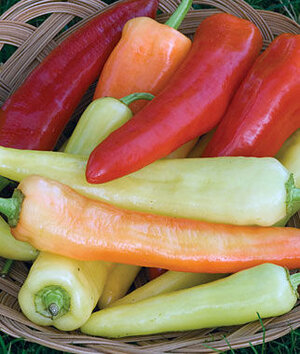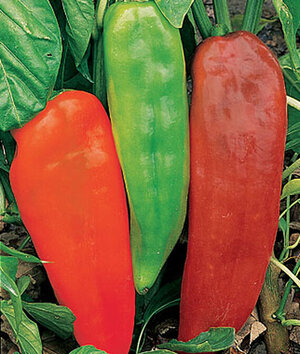Yes you can grow great sweet peppers! The big blocky bell peppers you find in supermarkets need a long warm (but not scorching) growing season with temperatures that rarely dip below 60°F. If that does not describe your growing season, there are plenty of other options.
Some bell peppers, such as ‘King of the North’ have been bred for shorter seasons, and there are many other types of widely adapted peppers that produce bounteous harvests of fruits of various shapes and sizes.
If you’ve had limited success with large bell peppers, experiment with varieties that can be harvested in 75-80 days from transplanting, such as Corno di Toro, Pimento, Nardello, Sweet Banana, or mini bell peppers.
Four Fast Sweet Peppers
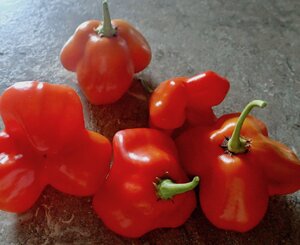
mad hatter pepper beauty shot 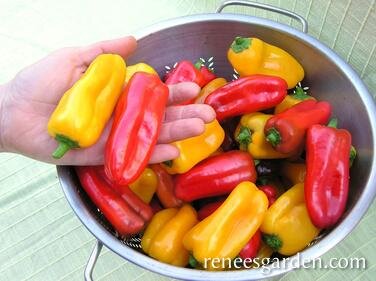
OLYMPUS DIGITAL CAMERA
From left: Tall, lanky ‘Mad Hatter’ plants grow well in a pot. The 3-foot plants need support, and produce loads of peppers (40+ per plant!) that can be harvested green, or left to ripen to red. Lunchbox sized Snacking Peppers are perfect for snacking or stuffing. The plants are compact, and the fruits are plentiful.
Heirloom Sweet Banana pepper plants produce 6-inch fruits that can be pickled or fried, or eaten fresh. ‘Corno di Toro’, or Bull’s Horn pepper, is a favorite for frying. This time-honored classic is sweet, thick walled, and dependable in a range of conditions.
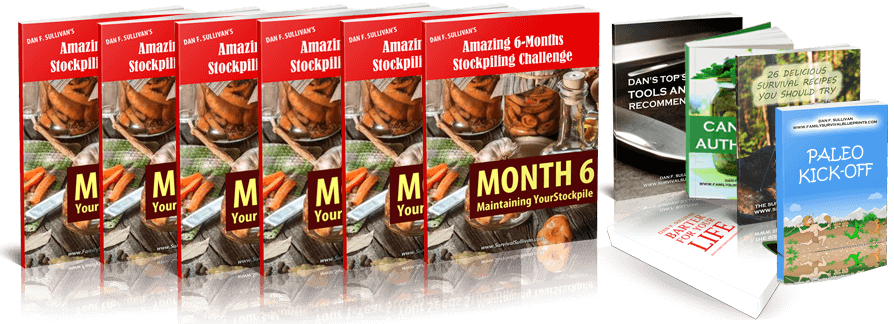
How to Grow Peppers from Seed
- Start pepper seed indoors about 2 months before your planting date in cold winter climates. In warmer regions, you can start them 6 weeks before your transplant date. Sow the seeds ¼ inch deep and 1 inch apart, and keep the soil warm, using a heat mat if necessary. Provide a strong light source, and fertilize seedlings every two weeks with half strength liquid fertilizer.
- Transplant seedlings into larger containers to keep them growing vigorously until it is time to plant them in the garden.
- Bring your seedling pots outside on sunny days when daytime temperatures warm to 75°F.
- Hold off on planting peppers in the soil until nighttime air temperatures are reliably in the 60°F range. Generally, this is a week or two after you plant your tomatoes.
- Plant in full sun, in organically rich, well-drained soil.
- Fertilize regularly throughout the season.
- Support your plants with stakes or a cage. Pepper branches are brittle and can break when they’re heavy with fruit.
- You can harvest peppers at any color, although leaving them on the plant until they turn red, or in some cases yellow or orange, will result in sweeter peppers.
Peppers In Pots
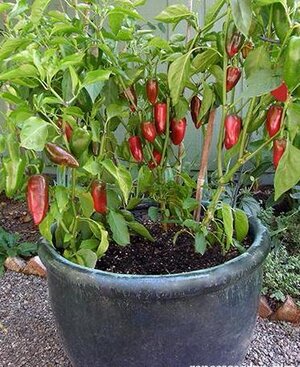
When it comes to growing food in containers, peppers are a natural. Early in the season the soil in containers warms up faster that that in the ground, a boon to potted pepper plants. Plus, you can move the pots around to capture maximum sunlight. Because peppers need consistent moisture, it’s a good idea to choose a large container. The larger your pot, the less often you’ll need to water.
The Pot: Choose a pot with a capacity of at least 5 gallons, or one that is 14 inches wide and deep.
The Soil: Fill the pot with a good quality potting mix, or a half-and-half mix of potting soil and compost, rather than with garden soil. Add perlite for better drainage, aiming for a mix that is about 10% perlite.
The Variety: You can certainly grow bell peppers, such as tried-and-true ‘California Wonder’ in a large container. However, for a longer harvest period, try one of the many smaller fruited varieties. ‘Tangerine Dream’, Italian frying peppers, and mini bell peppers are all good choices. Most hot peppers are also good candidates for container growing. Depending on the mature size of the plant, you can put up to three peppers in a single large pot.
Keeping your plants healthy: Peppers in pots need frequent watering, sometimes every day in the height of summer. Keep the soil evenly moist but well drained, and fertilize with a balanced fertilizer every 10 days to 2 weeks.
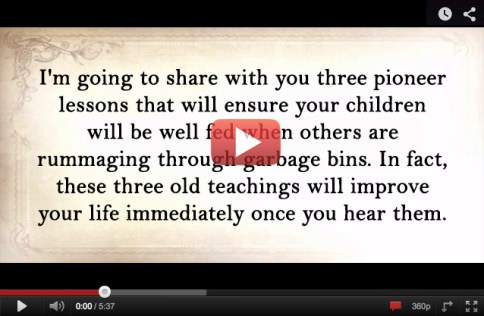
source : Home Garden




